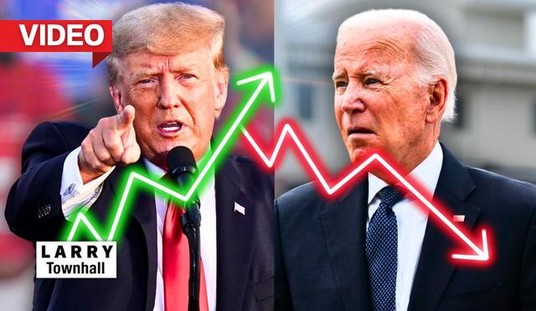Despite the recent gains made in the debt limit negotiations, there is no amount of debt-shuffling that doesn't leave taxpayers footing the bill for Washington's spending problem. In its annual Cost of Government Day report, Americans for Tax Reform Foundation calculated that Americans worked until August 12 this year to pay for the full costs of government spending and regulation.
The 'Cost of Government Day' report determines the day of the year on which the average Americans has made enough income to pay off the local, state and federal regulatory and spending burdens. This year, Americans work a full 224 days—eight and a half months—to support the government spending agenda and regulatory state.
Since President Obama has been in office, the Cost of Government Day has fallen halfway into August. Prior to this administration, COGD had never fallen later than July 21. This is fueled largely by explosive federal spending—taxpayers now work 103 days, nearly half of the total cost of government, just to pay for federal spending.
The debt limit negotiations were instructive on where future COGDs will fall if the President is allowed to continue his aggressive spending agenda. Indeed, the President argued the debt limit should allow him to do just that, and be increased without any preconditions on his future spending plans. Republicans, recognizing that a statutory limit on debt should actually serve that end, demanded reform in exchange for more borrowing authority.
Amongst other things, this established a precedent that any increase in borrowing authority be matched with spending cuts at a rate that was at least dollar-for-dollar. It also represents the first time the debt limit has served as an actual constraint on our debt, a not insignificant development in altering Washington's spending bias.
Recommended
As Stanford Economist John Taylor pointed out, the debt limit deal got us halfway towards the spending restraint envisioned in the House-passed Ryan Budget plan. If these kinds of spending cuts are enacted annually—roughly $25 billion a year—spending would be two percent lower than its historical average by the end of the ten year window. After three years of growth that witnessed an almost doubling of discretionary spending and expansive regulatory growth, this is no small feat.
The Cost of Government Day report shows that adoption of the House's Budget would reduce COGD by 18 days, which would allow it to be observed back in July for the first time since 2008. Other commonsense reforms, such as getting government out of the bailout business, rescinding failed "stimulus" funds and paying government workers at market rates would decrease the number of Cost of Government Days by nine days in just one year.
Fortunately, taxpayers will be able to gauge whether 2012 and the rest of the decade will hold later or earlier COGDs. The second step of the debt deal requires a Joint Committee to find at least $1.5 trillion in savings before the debt ceiling can be raised again. They would be wise to consider the coming costs associated with the big government vision of the first part of the Obama Administration: Obamacare, the Dodd-Frank financial regulatory overhaul and most of all, the crushing spending binge the President seems intent to continue.
Should the Committee fail to do so, the future portends more of the same: later Cost of Government Days due not only to profligate policy but also to a shrinking economy, as markets continue to be stagnated by an uncertain tax climate and capricious regulatory regime. The big government malaise that has forced Americans to work eight and a half months out of the year for the government has been diagnosed. Now it is up to the path set before the rest of the 112th Congress to at least inoculate it, if not eradicate it completely.
Mattie Duppler Corrao is Government Affairs Manager for Americans for Tax Reform and the Executive Director of its Center for Fiscal Accountability. You can follow her on Twitter: @mduppler.
























Join the conversation as a VIP Member